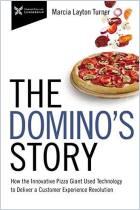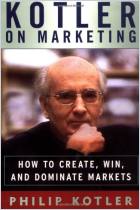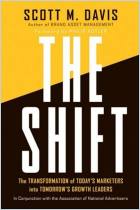
How to Think Like the World's Greatest Marketing Minds
Business Lessons from Geoffrey Moore, Phil Knight, Philip Kotler, Herb Kelleher, Sergio Zyman, Martha Stewart and Other Masters of Marketing
Read or listen offline
Amazon KindleRecommendation
Marcia Layton Turner presents a compelling compilation of ideas from well-known marketing gurus. Some have been the heads or marketing directors of major companies; others are primarily known as consultants, speakers or academics. Even Madonna, successful marketer of herself as a product, is included in the mix, along with Martha Stewart. After a brief introduction of those profiled, Turner focuses on how they succeeded. She offers their main ideas for marketing effectiveness, followed by a summary listing the main marketing principles derived from each profile. The book is clearly organized, so that even those who are already familiar with the individuals profiled will find helpful, interesting highlights. Those who are not familiar with these luminaries will enjoy this excellent introduction. getAbstract recommends this book not only to executives, managers and company owners, but also to worshippers of Madonna and Martha.
Summary
About the Author
Marcia Layton Turner is an award-winning publicist and Fortune 500 marketing consultant. Her previous books include several best-selling titles in The Complete Idiot’s Guide series.

















Comment on this summary